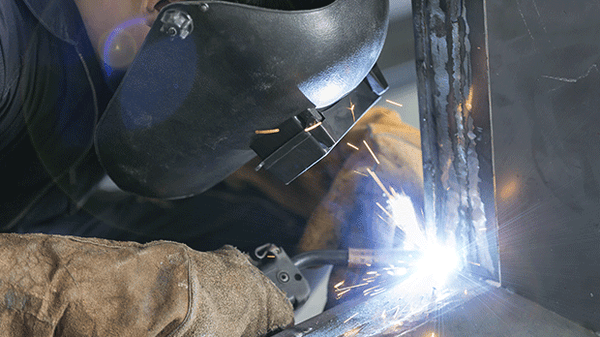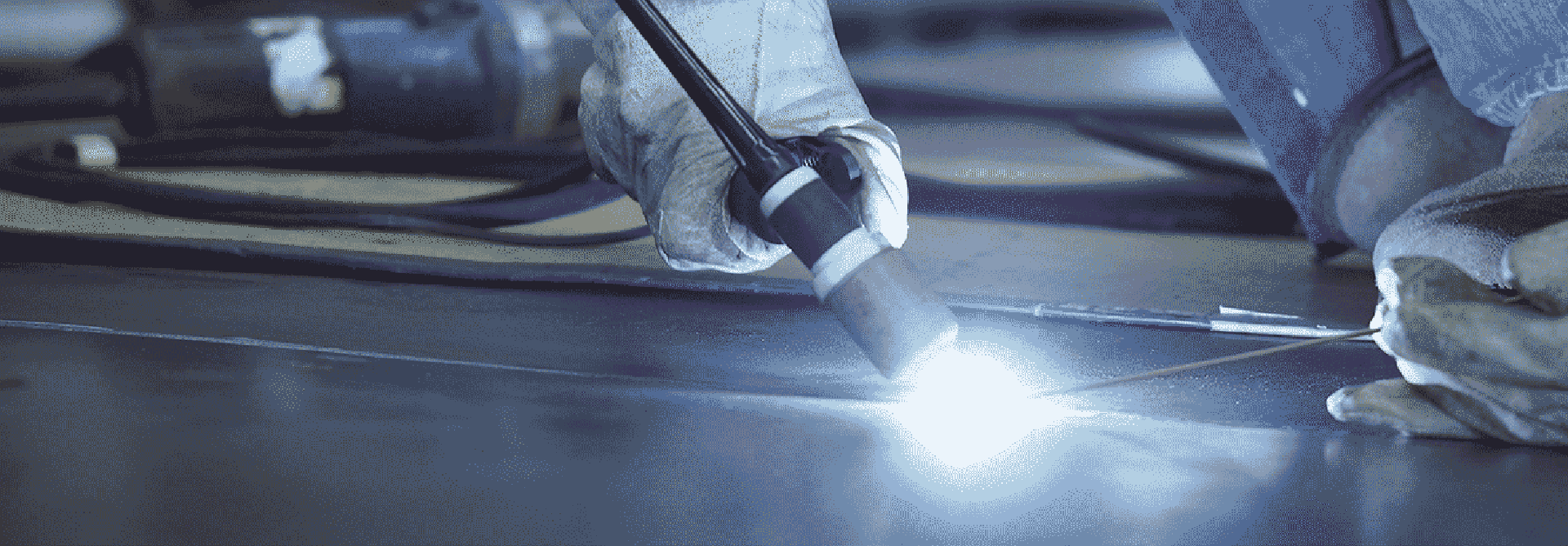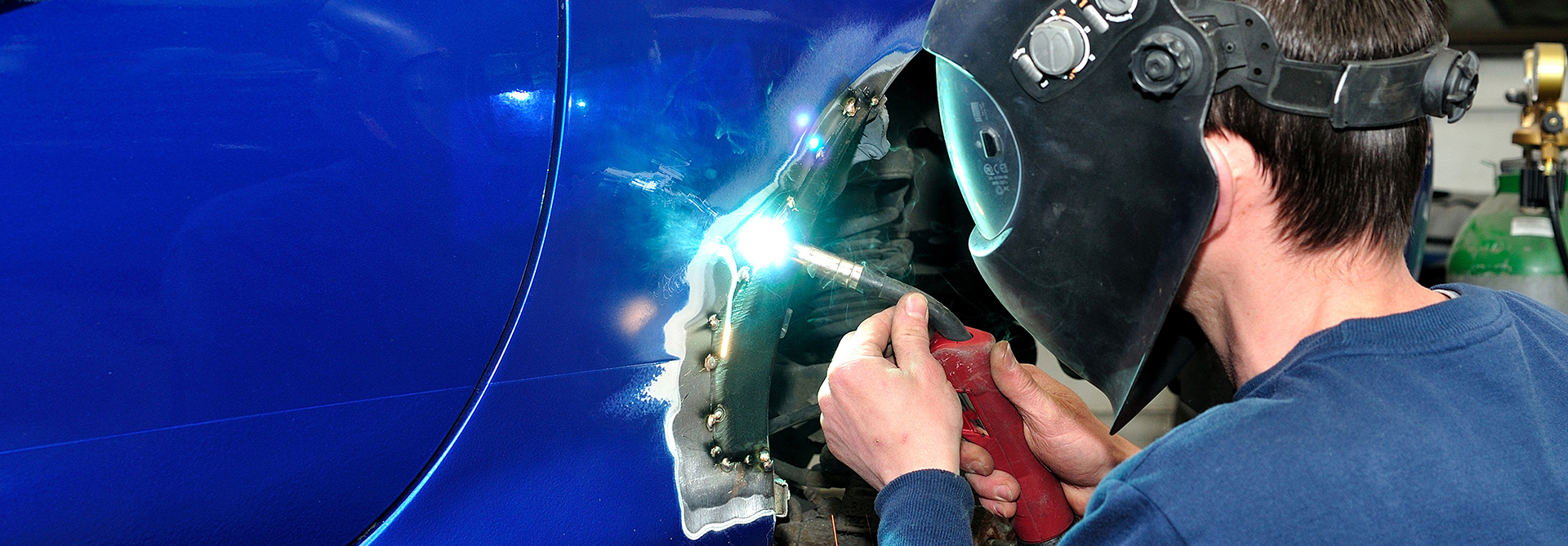Wouldn’t it be great if your workpiece wasn’t covered in metallic baby vomit after you finished welding? Completely preventing spatter has been the Holy Grail of welders and welding equipment companies alike. And it’s impossible. At least at this current moment. Spatter is just part of the MIG process. But that doesn’t mean you can’t avoid most spattering and the problems it causes. A skilled welder can almost completely prevent spattering with a few simple tips.
What is Spatter?
In humans, spattering is the violent result of combining oatmeal, beets, and ex-lax. In MIG welding, it’s droplets of melted material generated at or near your arc. These droplets can weld themselves to your workpiece, ruining the finish and making the whole thing look rather nasty. Spatter is created when parts of the wire electrode don’t fuse properly with the weld puddle. Essentially part of the wire and/or pool doesn’t stay melted, causing a “stubbing” effect with the wire.

Settings, Settings, Settings!
As we mentioned, preventing 100% of spatter isn’t possible. But a majority of spatter can be largely avoided by simply using the right settings. This is partly the reason that many MIG welders get so frustrated using new materials. Often they’ve practiced on one type of material to the point they’ve learned the ideal settings. But those “ideal settings” won’t be the same in every situation. So how do you know what set up to use with new material?
10 years ago, welders had these huge reference sheets for finding the right settings to use. Often welders would lose them (on purpose or accident) and just wing most of their set up until they finally learned the right parameters or quit and took up knitting. Today there’s a much easier solution. Right now you can go on your phone and choose from a list of apps that’ll tell you the right settings for almost any type of situation. We personally prefer Lincoln or Miller’s apps. All you have to do is input the type of material you’re welding and your material thickness. The app will then tell you the ideal settings. If anything, it’ll give you a good starting point to begin adjusting your setup to how you like.
Testing Makes Perfect
Did you know that 90% of products you use to clean your house or your body tell you to try it in an “inconspicuous” area first? Of course hardly anyone does, but there’s a reason why they say that. Because if you’re allergic to a type of body wash, you’re going to be really happy you just tried it on your elbow instead of slathering it all over your nether regions.
The same principle applies in welding. Before rushing into your first bead using new settings, it’ll save you a lot of headache to test a weld on a scrap piece or somewhere that it doesn’t matter. If the amount of spatter seems out of control, try adjusting your settings (which we’ll cover in the next tip). Once you’ve adjusted your settings, try a second test and compare it to your first. If the amount of spatter has decreased, you’re on the right track.

What's the Problem?
High amounts of spatter can be caused by a number of problems. The first thing you’ll always want to check is your voltage, amperage and wire speed. Try adjusting your voltage higher, or your amperage lower. The goal is to tweak your settings to the point where you can still create a solid weld but it doesn’t produce a lot of spatter.
Sometimes the wire is being pushed through too quickly, so slightly turning down your wire speed can also help. Most spatter can be reduced by adjusting the amperage, voltage and wire speed. However, there are a number of other factors that can cause spatter. For instance, using CO2 can be cheaper than other gases but tends to create more spatter. Spatter can also be caused by your welding technique. If you believe spatter might be from a mechanical malfunction, we’ve got the best technical support in the industry. Talk to one of our experts for free at 866-854-7380.
The Non-Stick Solution
At some point, welding companies saw non-stick cooking spray and the light bulb went on. It’s not a perfect solution, but most anti-spatter sprays can make a significant difference when it comes to cleaning up your welds. The main trick is to avoid getting the spray where you’re actually going to be welding. As the anti-spatters whole job is to keep things from sticking together, it can create some nasty complications if it gets in your weld puddle.
As we mentioned, having the right settings before you weld can solve many of the issues that cause spatter. Of course, choosing the right settings is easier said then done, especially if you’re trying out a new material. A machine with auto-set functionality will take away a lot of the headache. Check out a few of our favorite auto-set machines with the recommended products below.







